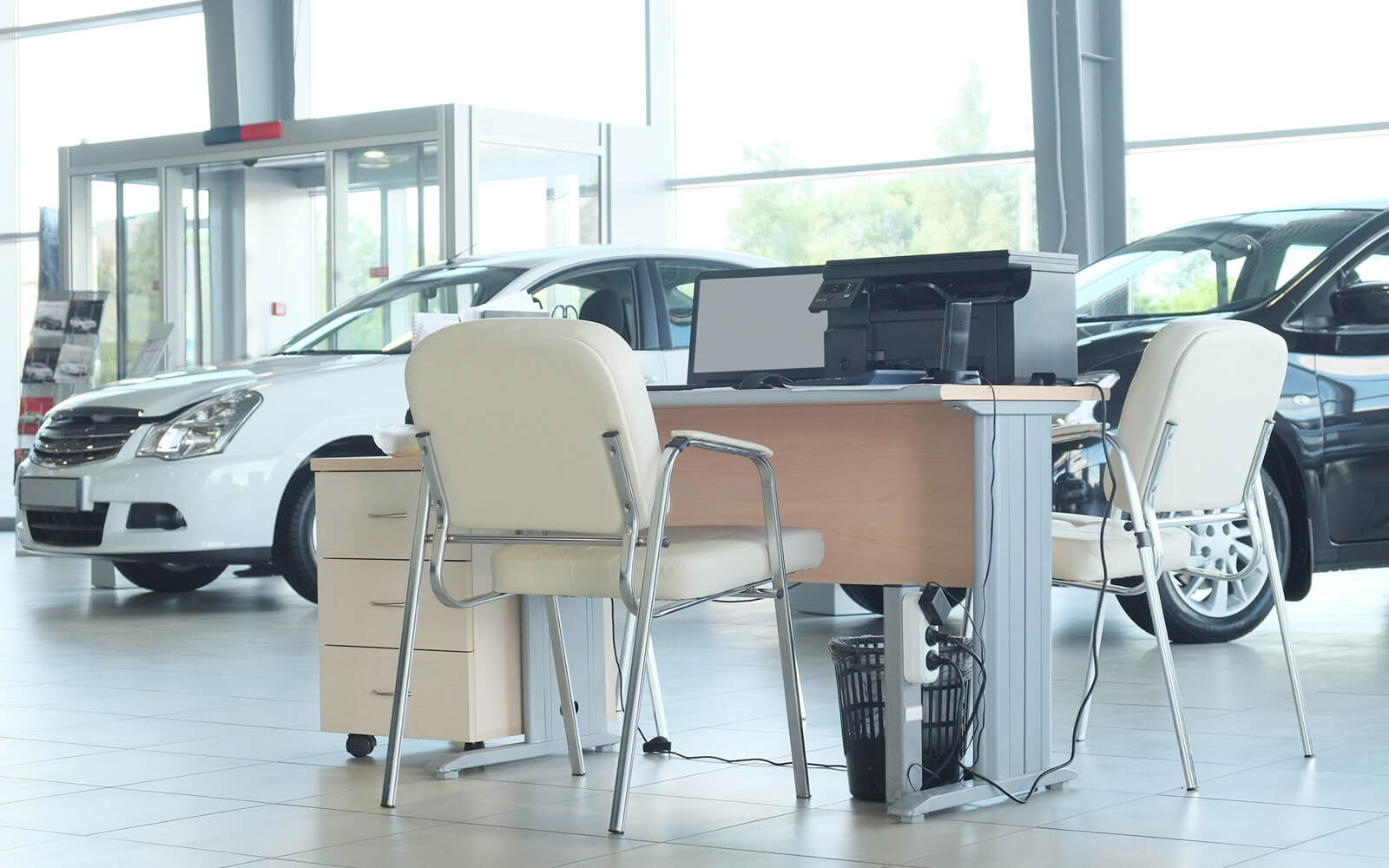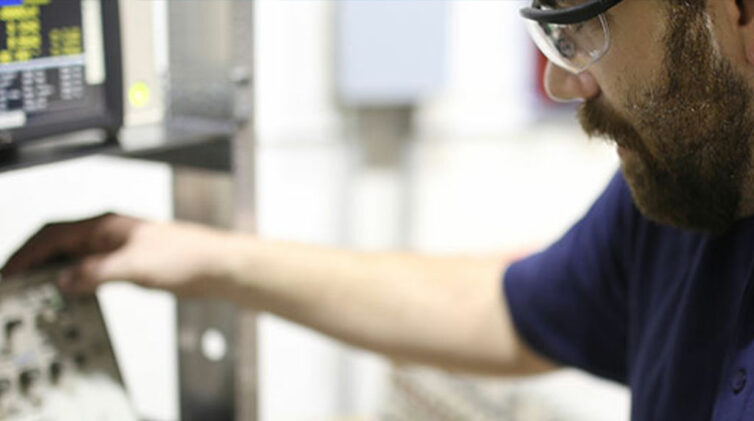And changing the incentive is a definite way of achieving that.
In this Two Part Workshop I have focused on the things we’d like to change and how a change in incentive will help achieve that.
Change your structures to mirror your customers’ actions
Showroom
Firstly, start by flowcharting how a customer buys a car from you.
Internet
- Views become leads
- Leads become appointments
- Appointments become sales
Sales
We reward everyone on number four only, because it is easy. As a result, most people are poorly trained and not managed on one, two and three, because views, leads and appointments are not rewarded.
Views to Leads
This is the sales manager’s job.
You have invested in inventory and spent money on marketing the cars but, if the views are not turning into leads, your sales manager has either poorly priced, poorly described or poorly displayed the car.
You have done your bit, but due to poor management, you are missing out on opportunity.
Your sales manager should either be penalised for views not converted to leads, or be rewarded to keep this number at a high percentage, hence maximising your opportunities.
So reward the activity, not just the outcome.

Leads to Appointments
This is a joint effort of the sales manager and salesperson.
Leads are not converted to appointments because of a poor sales process.
For example:
- Poor phone manner
- Trying to sell a car over the phone
- Not securing an appointment
- Getting a promise, not an appointment
- Lack of or low follow up; 25 per cent of cars are sold on the eighth follow up. Most sales people stop at three.
You have done your bit and provided the means but, due to poor training and poor management follow-up and accountability, nothing ever improves.
Training without consequences is a wish and a prayer.
If you want to create change you need to focus on “what we are missing out on” not just what we have sold. You either penalise for leads not converted to appointments, or you reward more for appointment sales over walk-ins.
Today we pay the same dollars for walk-ins as we do for internet conversions. If we want to get better at internet conversions we either pay more for this or less for walk-ins.
Remember every viewer wants to buy your car, but we aren’t good enough to sell them one.

Appointments (walk-ins) to Sales
We train this but we don’t reward it. We believe in the road to a sale (RTS, it does work) but we only reward the final step, hence we short cut and have lost the opportunity.
The RTS is built on a simple premise – create emotion and this will lead to economic success.
There are a few simple caveats:
- You need to diagnose the customers’ needs properly
- You need to match that to the vehicle
- You need them to “fall in love” with that car.
Once this is done you have earnt the right for an economic discussion.
Since we don’t reward the process we end up with heavy discounts, high anxiety and lost deals because the process is shortcut in a desire to crunch the deal.
In my dealership (before we got on top of it) we were:
- Not test driving the customer because the salesperson was short on time or could not be bothered
- Valuing vehicles without a test drive (no commitment from the customer)
- Signing customers up on cars with a bonus to the salesperson rather than the car they wanted (only to eventually fall over)
So if you want to tap your lost opportunity, you need to reward the road to the sale.
The penalty could be: sales no test drive, lose 20 per cent off commission or no valuations and no test drive, a penalty for each one.
I rewarded the activity, either individually or via a group challenge. Once we did this, we saw volumes and grosses improve across the board.
Pay more for mid-week orders
When I first arrived at my dealerships we had the Easy Beats culture: “Monday I have Friday on my mind”.
Our sales team was so frazzled from a weekend of jousting with the customers that the mid-week period was really recovery time between bouts.
But we paid the rent (and wages) seven days a week, so I wanted to improve our mid-week sales ratio. This can only be done by focusing on your CRM customers. Those that you need to prospect and appoint.
The focus fell to appointments where we paid the sales consultants for two appointments kept per day. We had a 50 per cent appointment to sale ratio mid-week, so they were committed customers.
The aim was to sell a car a day per sales person. We got there in the end. It worked well and went from 20/80 (weekday/weekend) to 50/50.

Paying for service success
Because we pay on outcomes we also lose a lot of customers between departments that never really should have been lost.
Some of the methods to keep the customers in the dealership are:
- Paying salespeople an annual bonus based on a percentage of labour sales from their customers. This does a few things:
- Keeps them focused on their service handover on delivery and ensures they make sure they are booked in.
- Keeps them interested in the customer between sales and also provides a retention bonus if they are thinking of leaving (why would I leave if I get a bonus).
- Paying service advisors to encourage ‘wait jobs’ in the service department. This encourages timed bookings, reduces loan car usage, increases time to look at new models in the showroom or interact with sales.
- Targeting 30 per cent of RO’s per day for fourth service and above customers.
When I first arrived at my dealerships we were the experts at first services and low value per RO. Service with us once and then leave and go elsewhere. To grow our daily RO count we needed to get older customers coming back. Apart from our CRM we targeted a daily percentage of RO’s for older cars. This kept our hours per RO up and gave the technicians more interesting and challenging work.
I’ve always had a belief that most dealerships could double their profit, just if they executed better with their lost opportunities.
I always go back to the old stats:
- 75 per cent of customers want to buy from their local dealer
- 90 per cent of customers want to buy from the first dealer they contact
- A service customer is three times more likely to buy from their servicing dealer.
We all know these stats, but we still continue to execute at levels well below these levels.
Rewarding on outcomes only delivers us part of the result. Understanding how the customers interact with us and rewarding that activity will create a much better result.
Thanks for reading.
By Wayne Pearson














 Read More: Related articles
Read More: Related articles

